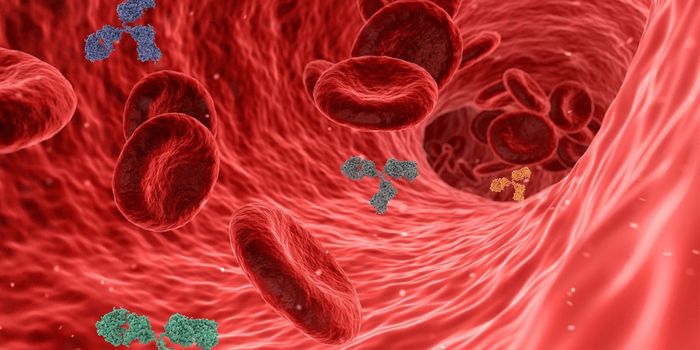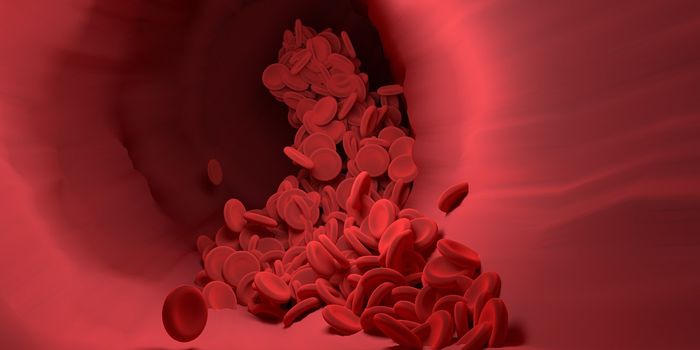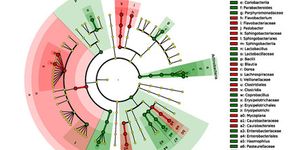Researchers developing temporary implants for facial reconstruction are incorporating a unique way to deliver time-released antibiotics to protect against infection while a patient heals.
Wound infections from gunshot injuries to the face are common—and soldiers are at particular risk, as battlefield injuries are often prone to infection from multidrug-resistant species of bacteria that invade between the time of injury and treatment. Image Credit: U.S. Army Photo by Sgt. Marcus Fichtl, 2nd ABCT, PAO 4th Inf. Div./Flickr
Antonios Mikos, professor of bioengineering and chemical and biomolecular engineering at Rice University, develops materials to help repair severe craniofacial injuries from trauma or pathological defects like tumor removal. Specialized plastic space maintainers are designed to keep a pocket for new bone open while the overlying soft tissue heals. In later surgery, the implant is removed to make way for reconstruction of the bone.
In a new advance, porous polymethylmethacrylate (PMMA) implants are filled with a gel that leaches a protective antibiotic to surrounding tissue, which protects the tissue from infection for several weeks.
Researchers describe the implants in a paper published in
Biomaterials Science.
“Infection is an important problem that needs to be considered with medical devices because bacteria can prevent the body from being able to heal,” Mikos says. “If the infection gets too severe, it can even cause tissues that were previously healthy to die.”
Infections from the external environment and from neighboring structures such as the nasal passages, the sinuses, and the mouth can attack vulnerable tissue, researchers say. Wound infections from gunshot injuries to the face are common—and soldiers are at particular risk, as battlefield injuries are often prone to infection from multidrug-resistant species of bacteria that invade between the time of injury and treatment.
Researchers have experimented with porous implants but found they are susceptible to invasion by infectious bacteria. The new solution fills the pores at the point of care with a thermogel that infuses the spacer as a liquid and turns into a gel when exposed to body heat.
The thermogel itself is special. It consists of a block copolymer, a self-assembling combination of two polymers that is also under investigation for the controlled release of chemotherapy drugs.
“Block copolymers can offer a lot of benefits since they are designed to take advantage of the strengths of individual polymers,” Mikos says. “The block copolymer we used for our study was designed to be able to take on water, become a gel at body temperature, and slowly degrade over the course of implantation.”
Porous implants have been tested in humans, but PMMA with thermogel has not. Researchers infused the gel with colistin, a last-resort antibiotic with strong side effects. The PMMA and copolymer combination enabled tight control of its release without disrupting its antibacterial activity. In testing, the implants initially released a burst of the antibiotic through diffusion. Over time, degradation of the copolymer would continue to release lesser amounts of the drug for up to 28 days.
The thermogel can be customized at the time of implantation with the appropriate antibiotics, which also affect the rate and duration of release, before infusion into the prefabricated spacer.
Source:
Rice University
This article was originally published on
futurity.org.









